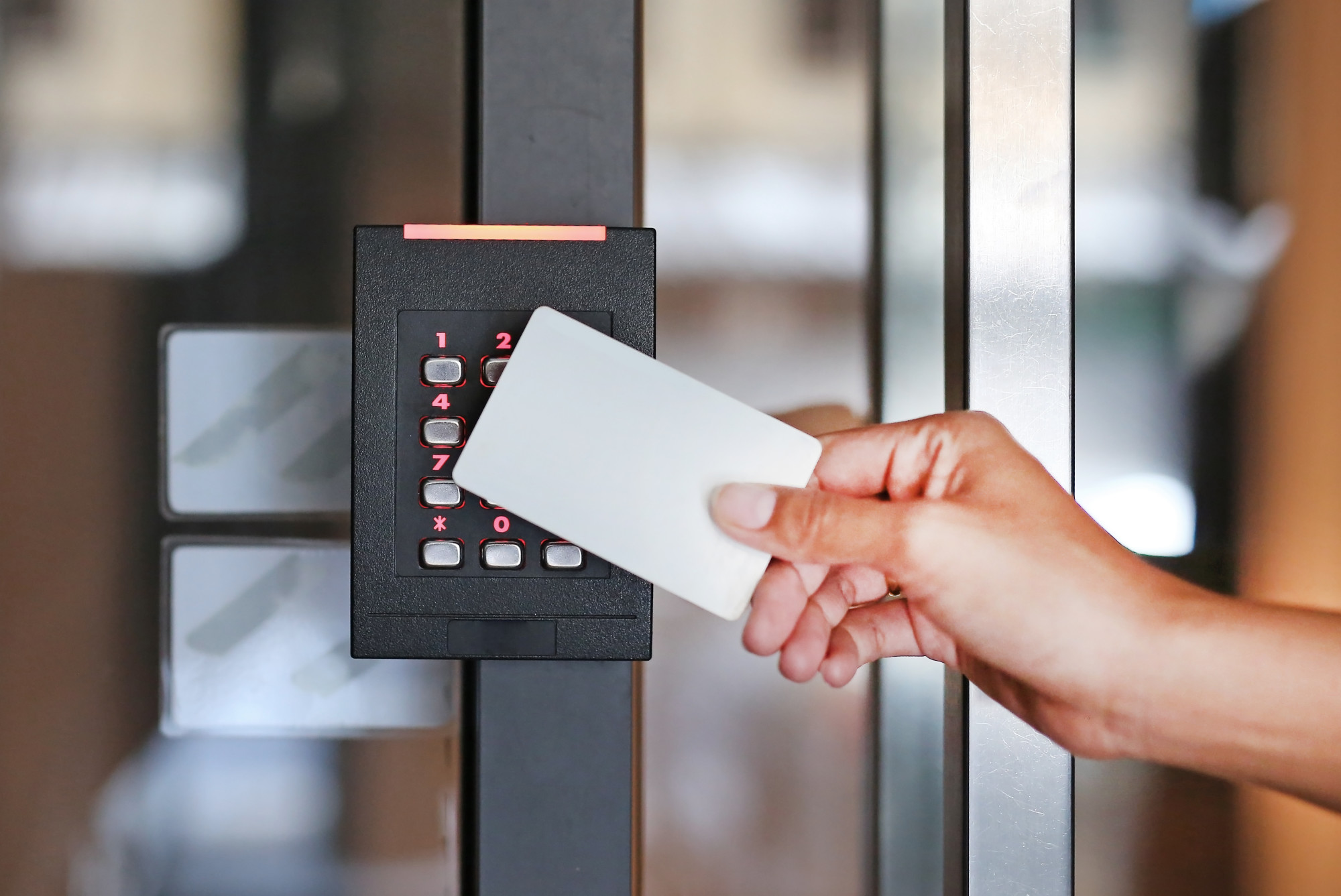

When we had a question about how a certain component should interact with the keyboard, we turned to WAI-ARIA Authoring Practices. HTML & CSS semantics gave us the baseline types of inputs and elements we had access to, the interaction states for which we needed to design, and the accessible roles and meanings that would be shared to assistive technology (AT).

When scoping out the Cosmos Design System, one of my first steps was to ask myself, “How do we get the most inclusive experience to market as quickly as possible?” The answers were available to us for free: standards, guidelines, and all the adopted laws were available online for anyone to explore. Or hire people who have “lived experience” with a disability and assistive technology to be part of the day-to-day conversations of the team and design system.
ACCESSIBLE SYSTEMS VERIFICATION

One of the easiest things you can do is watch some of the accessibility perspective videos that the W3C has put together to understand how people experience day-to-day life. Profile photos of people with various abilities using technology.

It may sound obvious, but start with people! Wherever you are in your journey, we’re glad you’re here. Like many, there may be a good chance you’ve heard about accessibility but have no idea where to start. As the first enterprise case management design system, Pega Cosmos is prioritizing accessibility - and it’s poised to make a difference for enterprise workers and customers everywhere. As such, it’s been the honor of my career to work on Pega’s Cosmos design system. Īs a father of children with dyslexia, friends with parents who have children on the spectrum, and a friend losing their sight, I care deeply about providing the brightest future for the next generation. And while many people live with permanent disabilities, some impairments can be temporary, sporadic, or even situational in nature. ĭisabilities range from visual, auditory, cognitive to motor specific. While people with permanent disabilities are most often thought of as the target audience for accessible design it really is about providing an equivalent experience for all. A11y? What’s that?Īccessibility (also shortened sometimes to a11y) is design that works for all people, whatever their hardware, software, language, location, or ability. They are the world’s largest minority.” – United Nations “…15% of the world’s population, 1 billion people, live with disabilities. īut who is your design system excluding from the conversation? If you haven’t considered accessibility as part of your design system’s core drivers, you may be excluding the world’s largest minority group, the one billion people globally who experience a disability. And design systems let us scale those experiences seamlessly to any device or touchpoint. We chat with our friends and loved ones halfway across the globe, we can check on our pets while at work, and sync as a team in a pandemic.


 0 kommentar(er)
0 kommentar(er)
